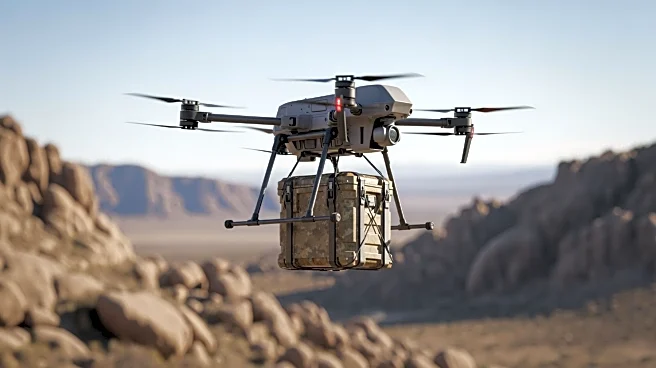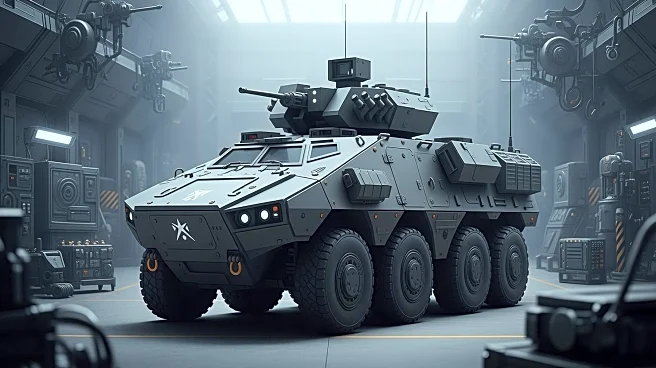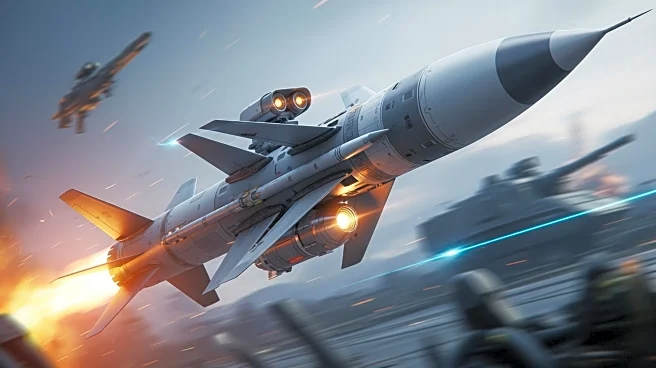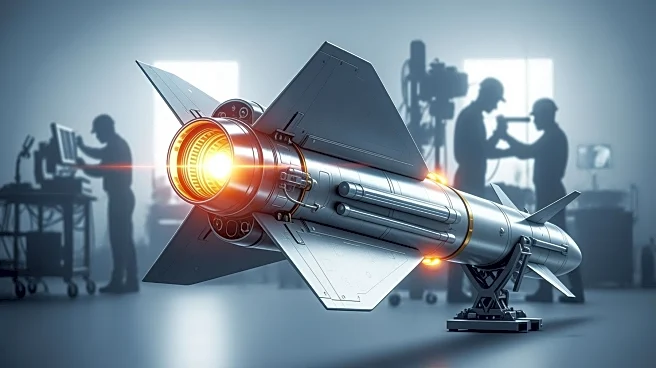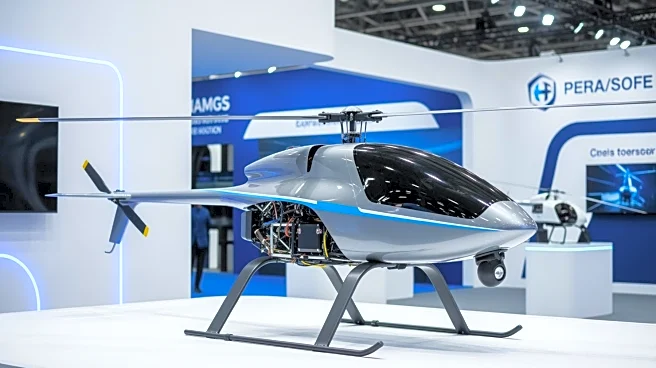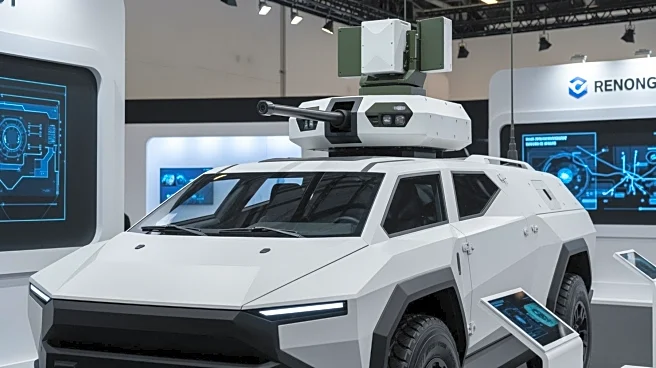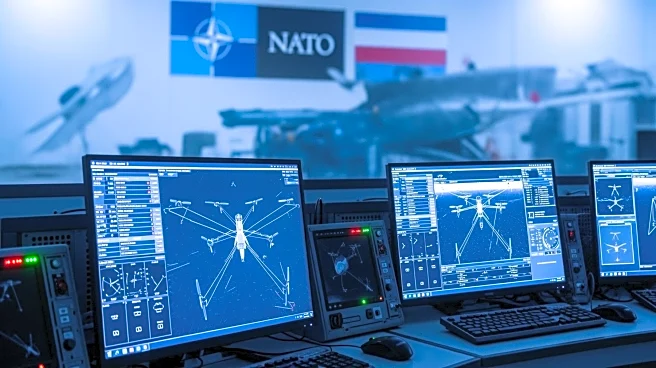What's Happening?
The viability of drone-based resupply systems for military logistics is being explored as a potential solution to modern battlefield challenges. Advances in robotics and microelectronics have made autonomous
systems more affordable and attractive for military use. The shift from mass conscription to volunteer-based forces has led to an imbalance between combat and non-combat elements, prompting the need for automation in logistics. Drone-based resupply systems could address the need for continuous, high-volume supply flows in contested environments, reducing risk for soldiers and freeing personnel for combat roles.
Why It's Important?
The exploration of drone-based resupply systems represents a significant shift in military logistics, potentially enhancing efficiency and safety. By automating logistics tasks, militaries can allocate resources more effectively and reduce personnel requirements. This development could lead to cost savings and improved operational capabilities, particularly in high-intensity conflicts. The use of drones for resupply also highlights the growing importance of technology in modern warfare, as militaries seek innovative solutions to logistical challenges.
What's Next?
Further experimentation and development of drone-based resupply systems are expected as militaries aim to achieve higher levels of autonomy and reduce costs. The focus may shift towards integrating robotics and automation at higher levels of the logistics chain, such as in large hubs and transportation systems. As these systems evolve, militaries will likely assess their effectiveness in various operational scenarios, including urban and high-altitude environments. The ongoing development of autonomous systems will continue to shape the future of military logistics.
Beyond the Headlines
The introduction of drone-based resupply systems raises ethical and strategic considerations, such as the impact on personnel roles and the potential for increased reliance on technology in warfare. The development of these systems also underscores the need for robust cybersecurity measures to protect against electronic warfare countermeasures. As militaries navigate these challenges, the balance between human and autonomous elements in logistics will remain a critical consideration.
